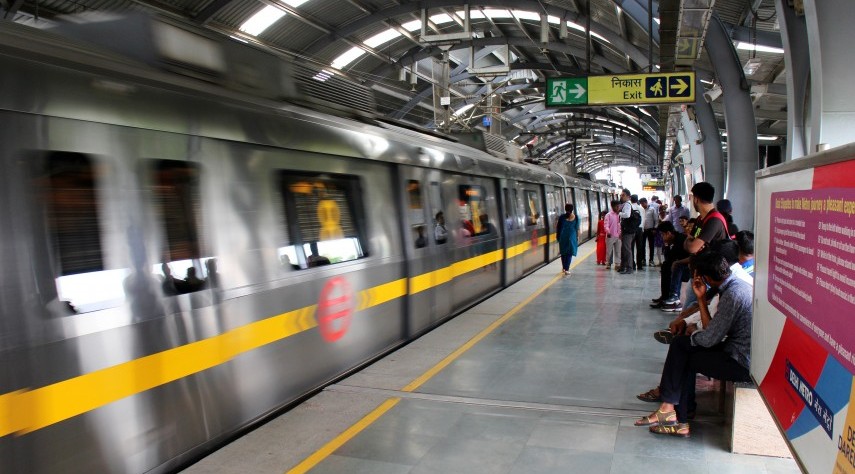Advertisement
Is there deep pain in a busy metropolis as trains come and depart at the metro stations without ever acknowledging our living humanity?
The New Leam Staff
 (Shutterstock)
(Shutterstock)
An RTI query filed by The Indian Express has revealed that a total of 83 persons committed suicide across 58 Delhi metro stations over the last four years. Amid the sensational/political news, a finding of this kind might not get adequate attention. Yet, the fact is that this story of suicide reveals something deep about our society, our collective consciousness, and our modes of living.
If you look at the symbolism, the metro railway means speed, constant mobility, movement, technological miracle and the vibrancy of a metropolis. In a way, it represents the life in a metropolis. It moves fast; it is in constant search for new opportunities–from livelihood to education, from investment in the share market to a new business venture, and from one settlement to another. With migrants, speedy flow of people, anonymity and reckless movement, we experience what sociologist Peter L.Berger would have regarded as ‘homelessness’.
No wonder, amid the neon light and glitz of the city, there is deep pain–the story of loss, broken dreams and suffering. Is there anyone to listen, to care, to heal? Or is it that there is no friend amid the faceless crowd that we see in the metro ?
True, suicide may have multiple reasons–sociological, psychological, economic, genetic. From the pain of fatal disease to the agony of a broken relationship, from joblessness to acute loneliness, from a sense of failure and stigma to the loss of prestige and honour–there can be many explanations of suicide.
However, each act of suicide indicates our collective failure, our inability to sustain and protect a human possibility. We are all running–running fast like the metro From Gurugram to Noida–as we move we look at the screen of our smart phones: seldom do we see one another, express gratitude and acknowledge the living presence of our humanity; each of us, it appears, is a solitary fighter somehow trying to survive in this mechanized/competitive/
But then, not everyone can run so fast. Some need laughter and humour, love and touch, self-dignity and deep communication. Possibly, we kill them. And this act of murder–through the absurdity of this insane existence – is regarded as ‘suicide’.
What about us who have not yet committed suicide? Are we just surviving? Or are we living with dignity and self-actualization, love and friendship, community and solidarity? At metro stations- the representative sites of hyper-modern existence – there is no humanity. There is only race…This mode of living is also a kind of death.














